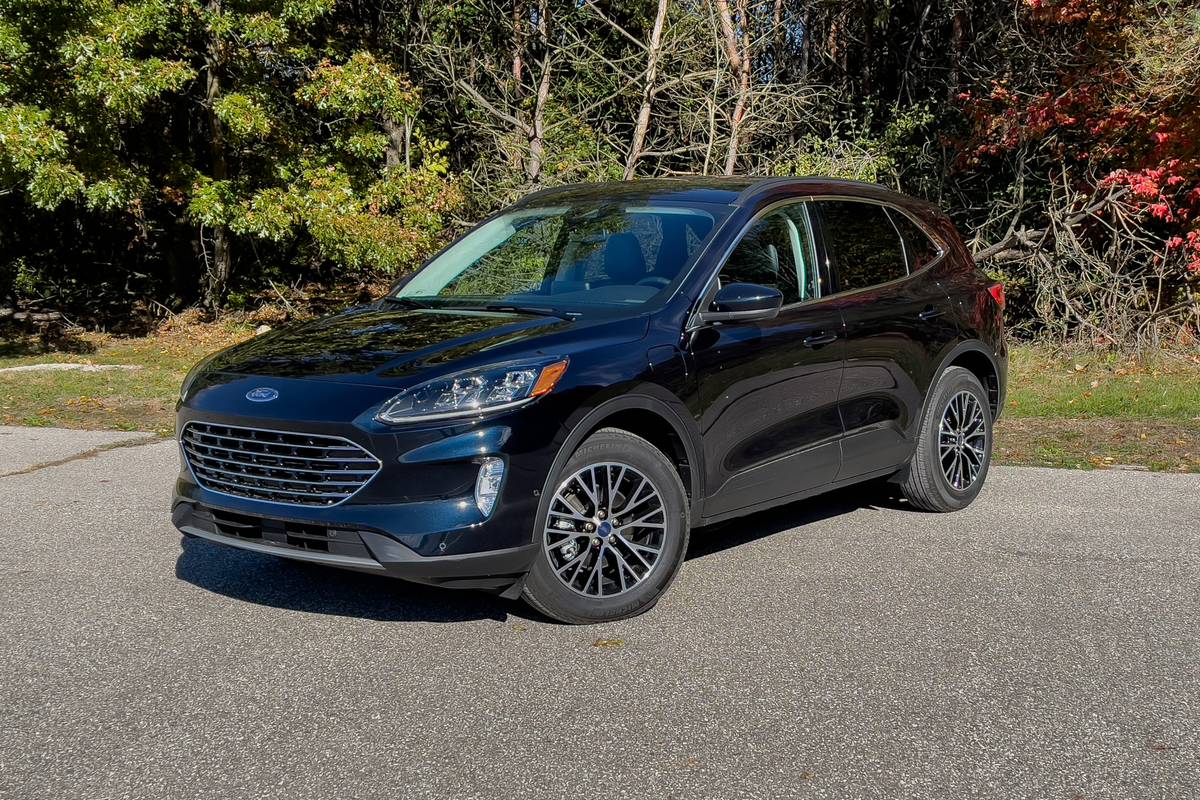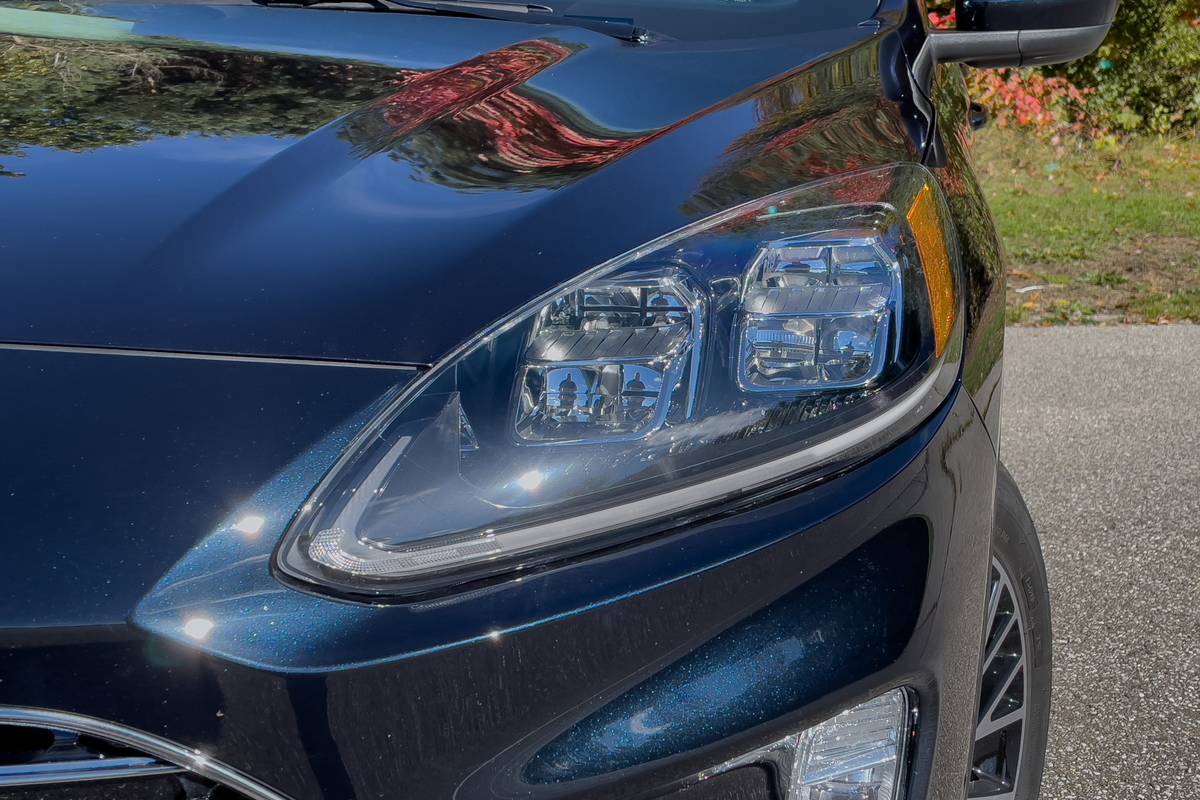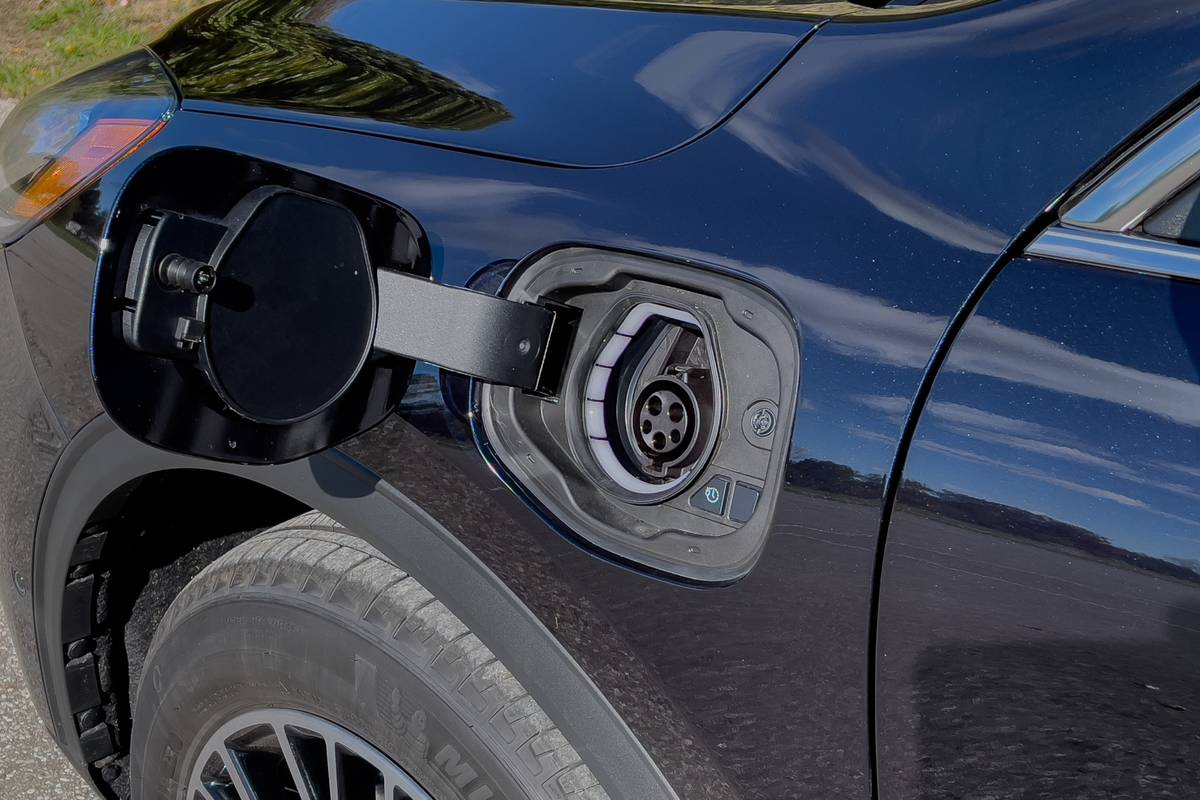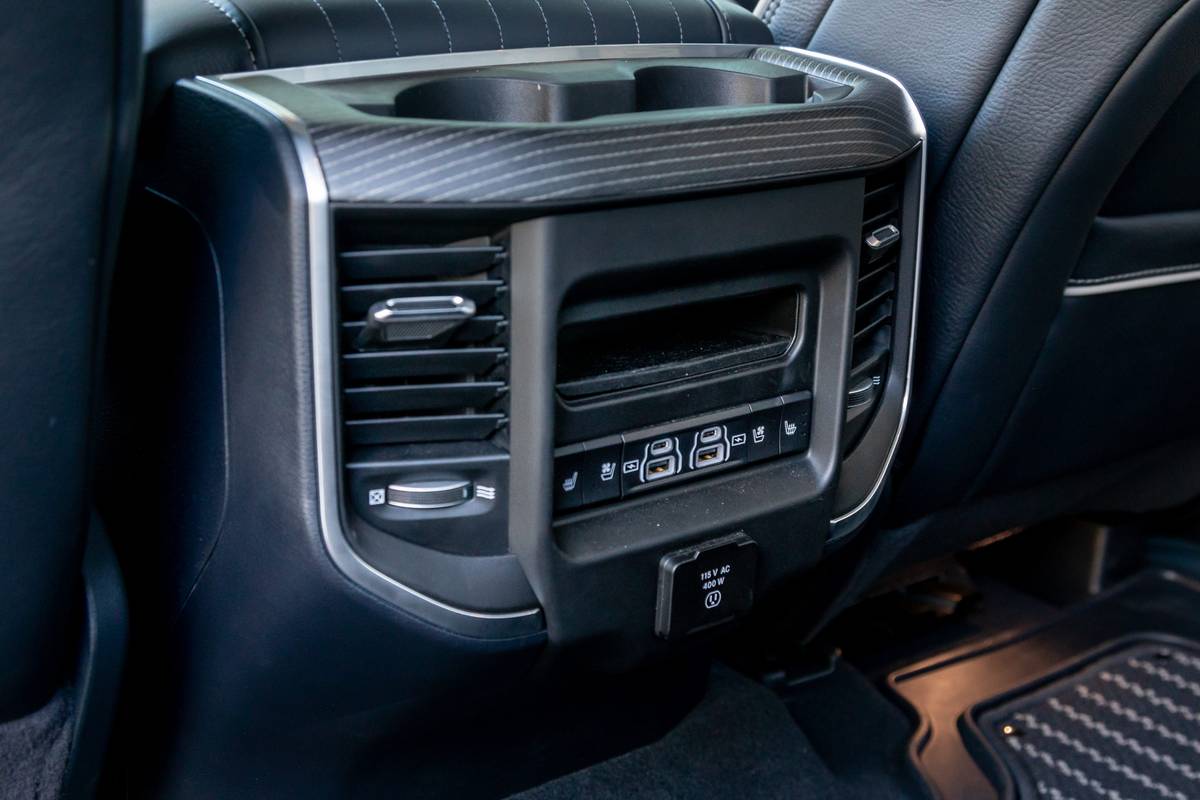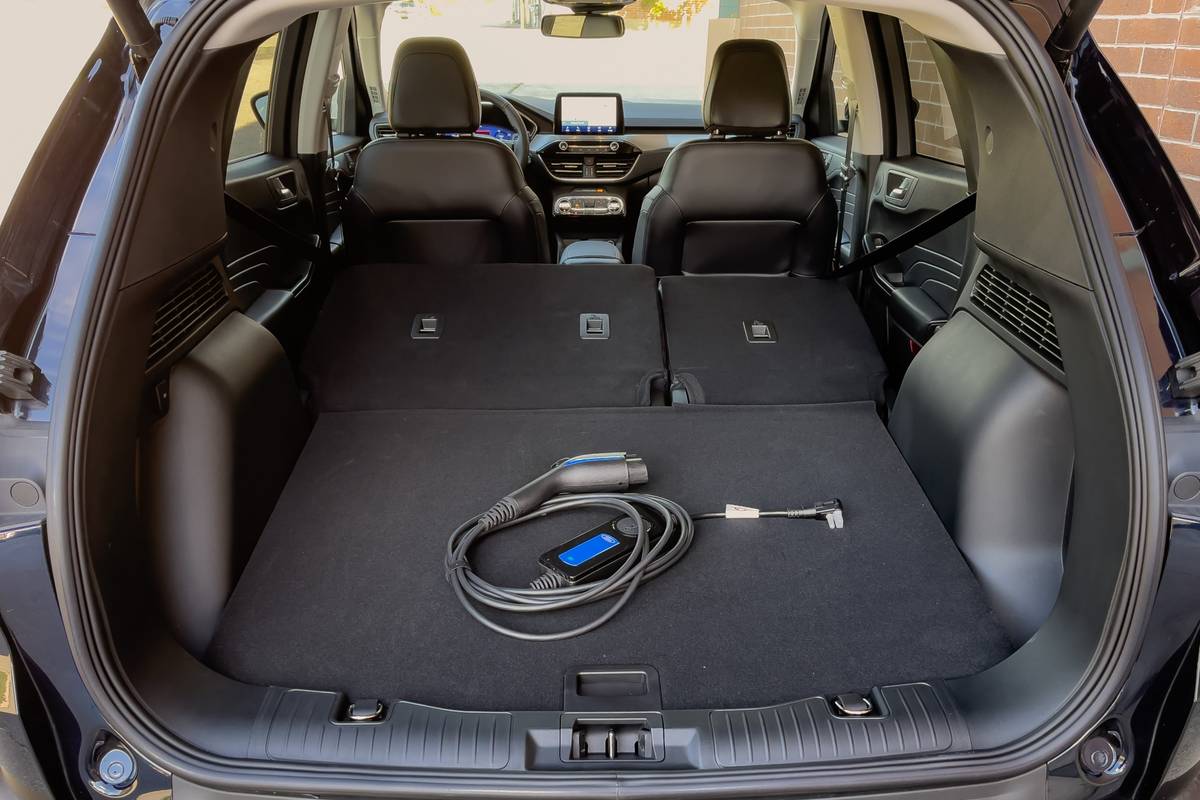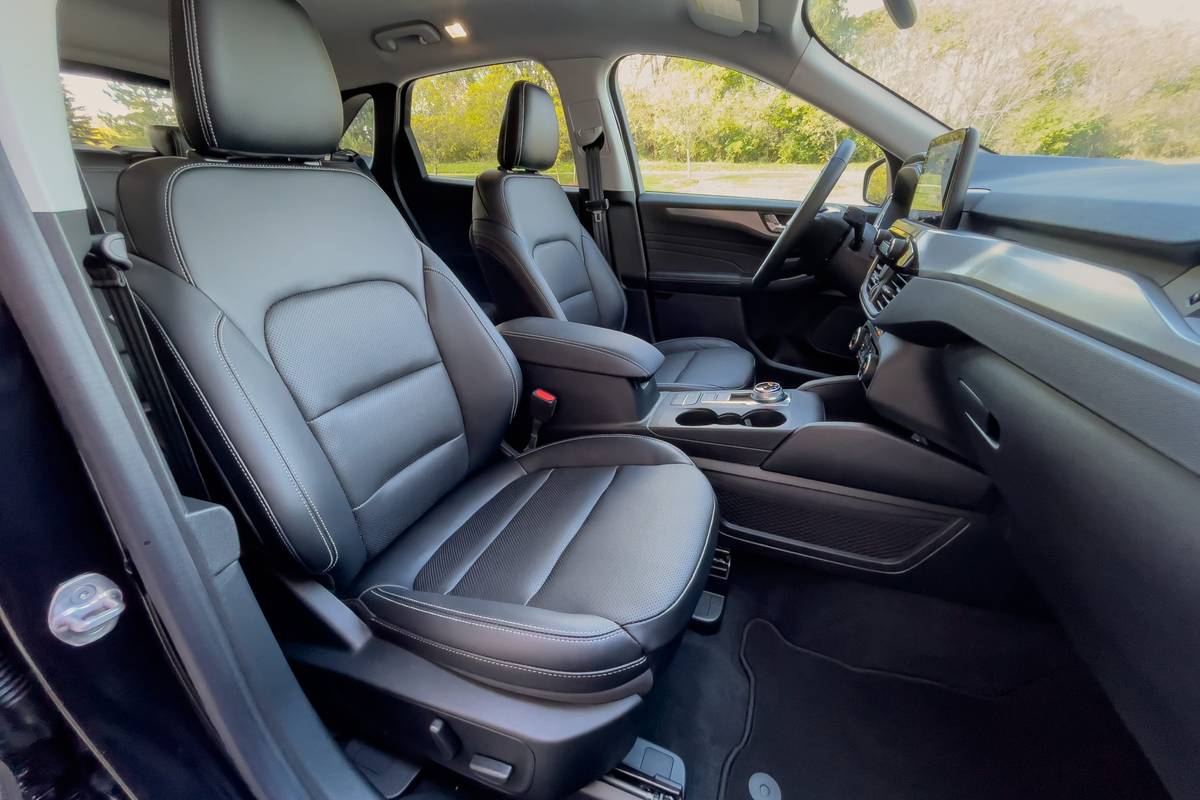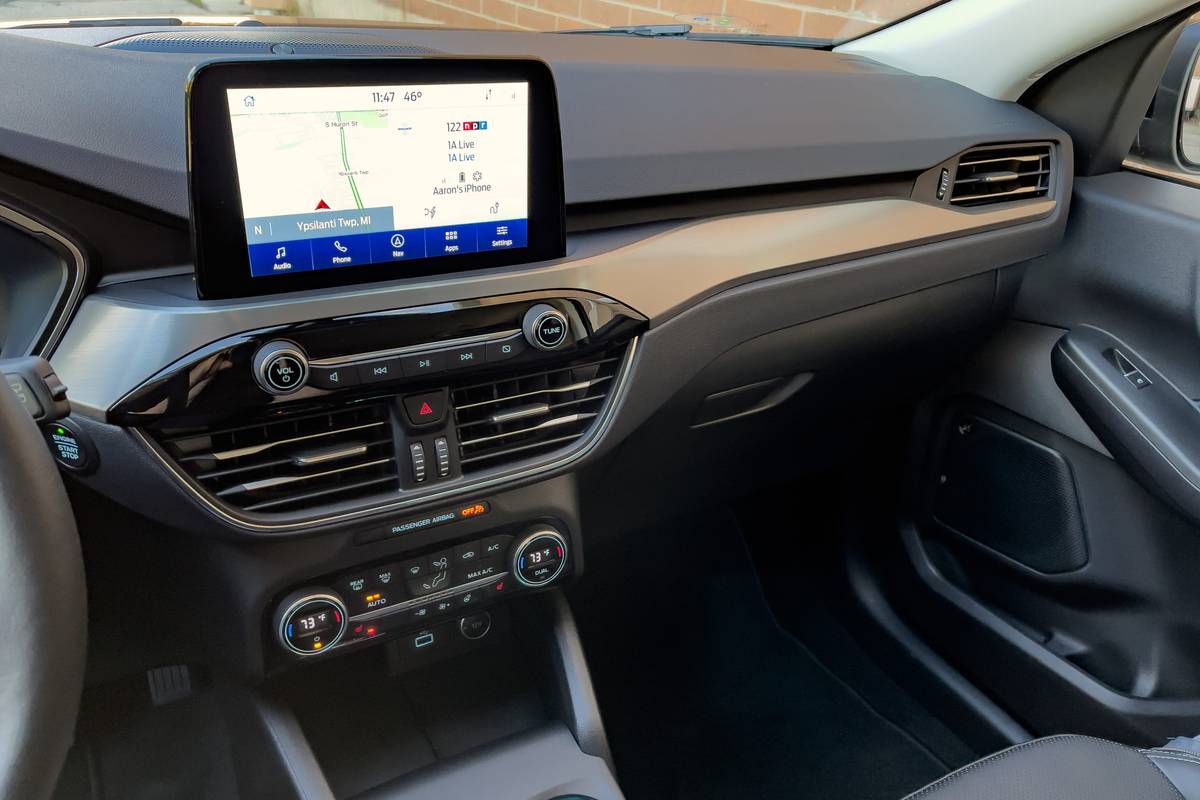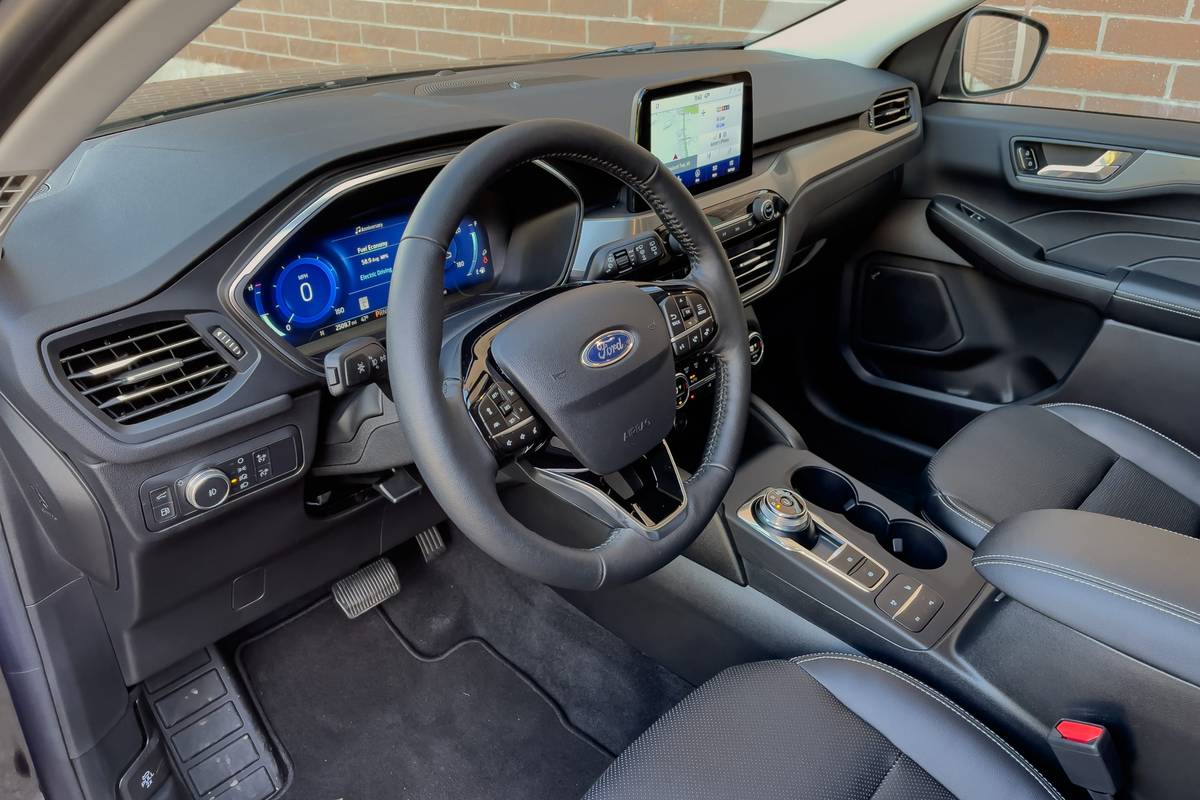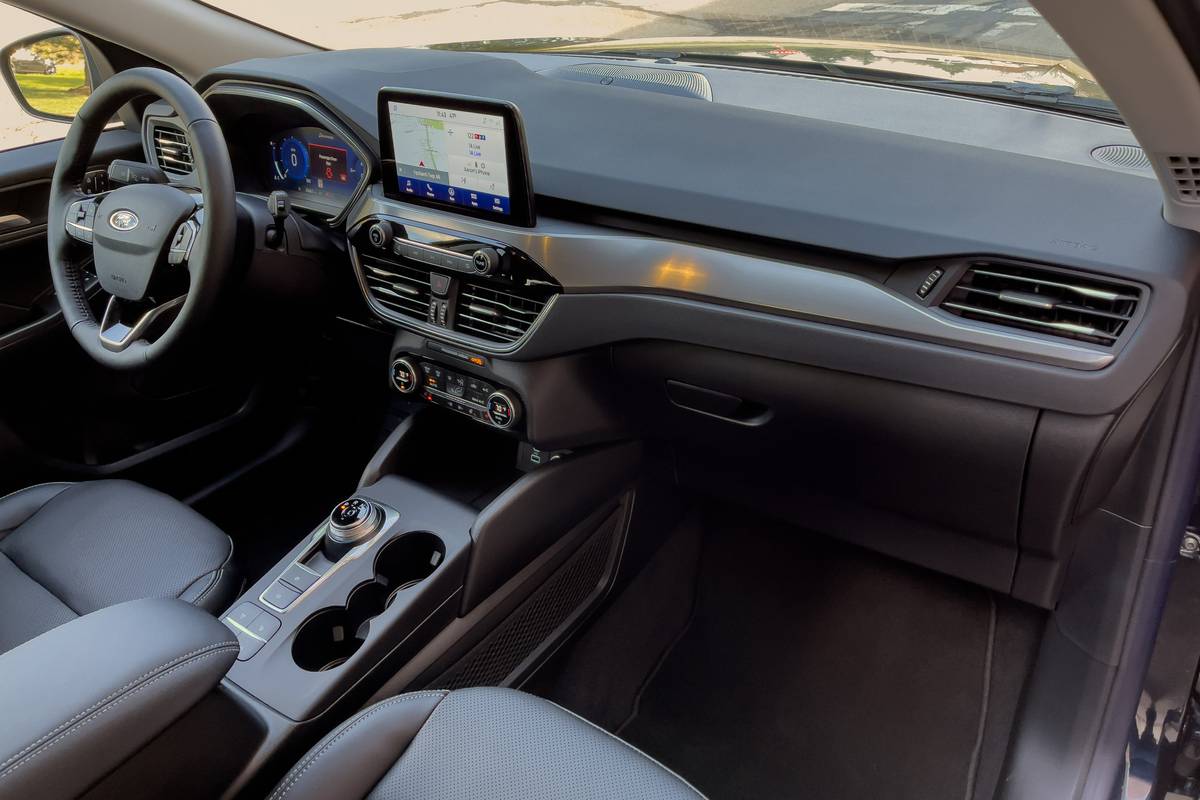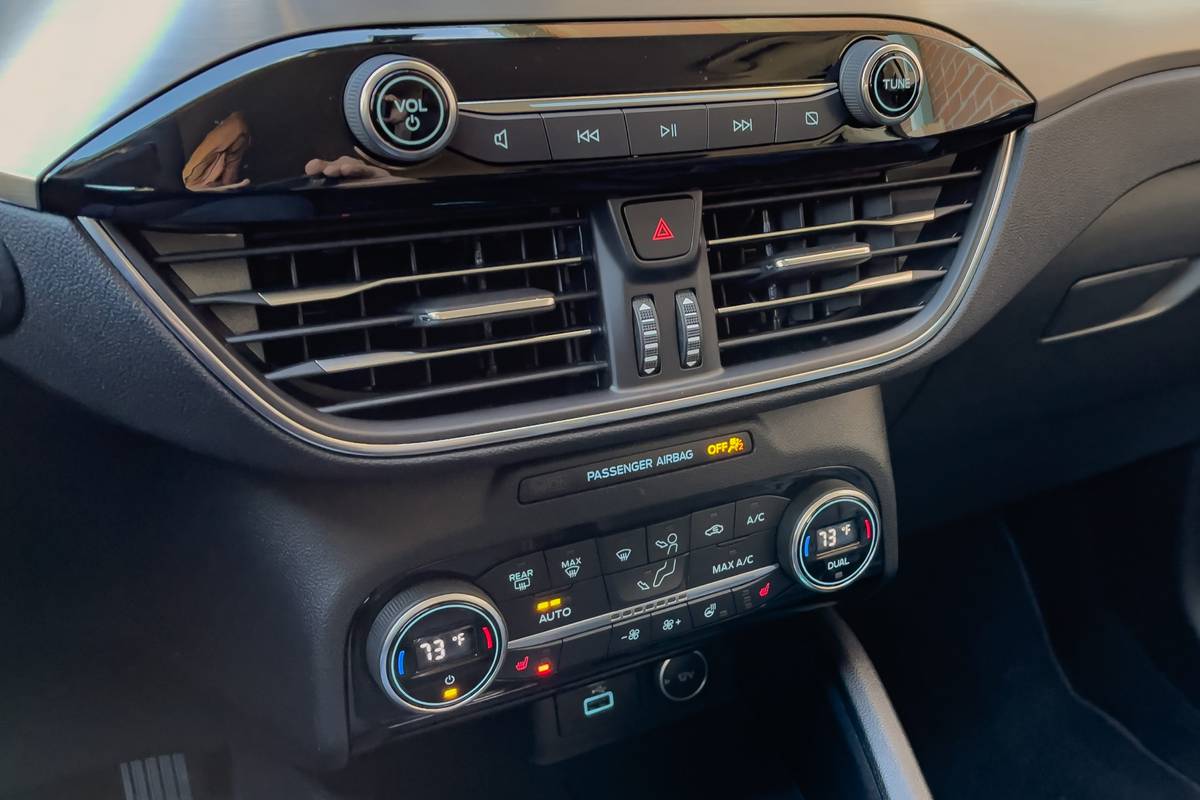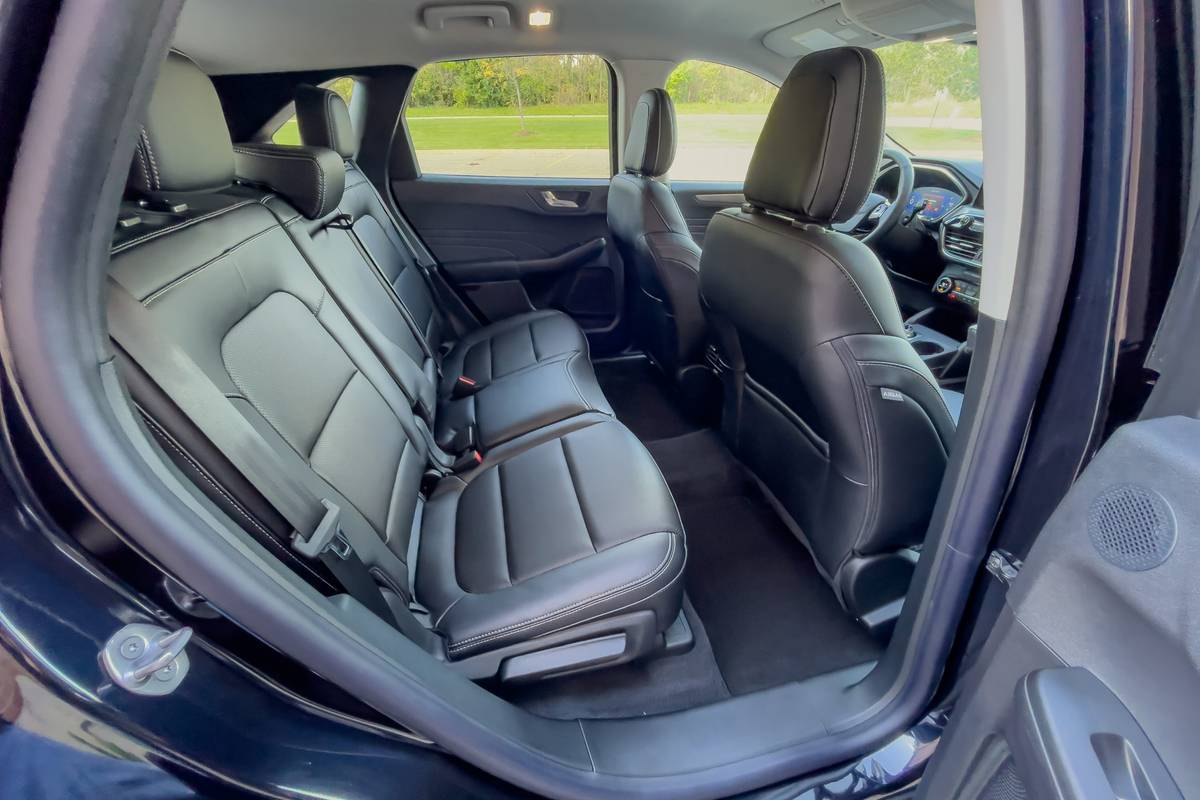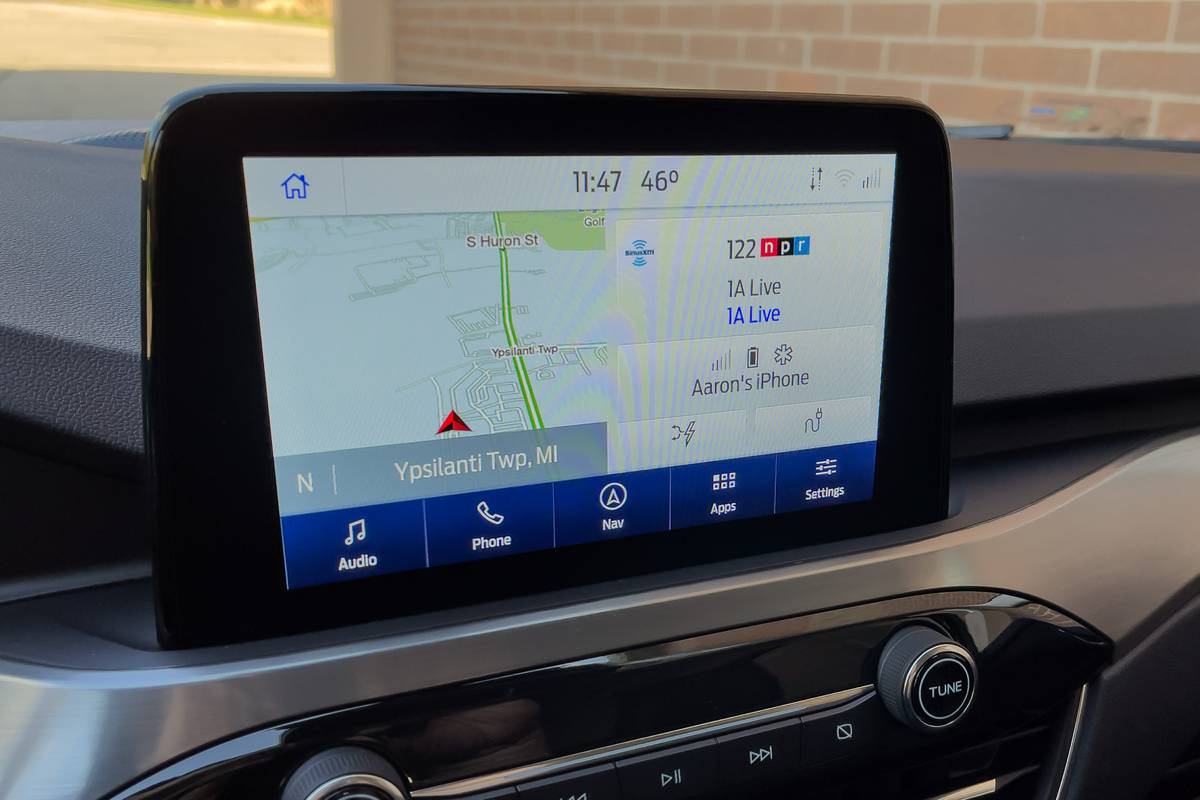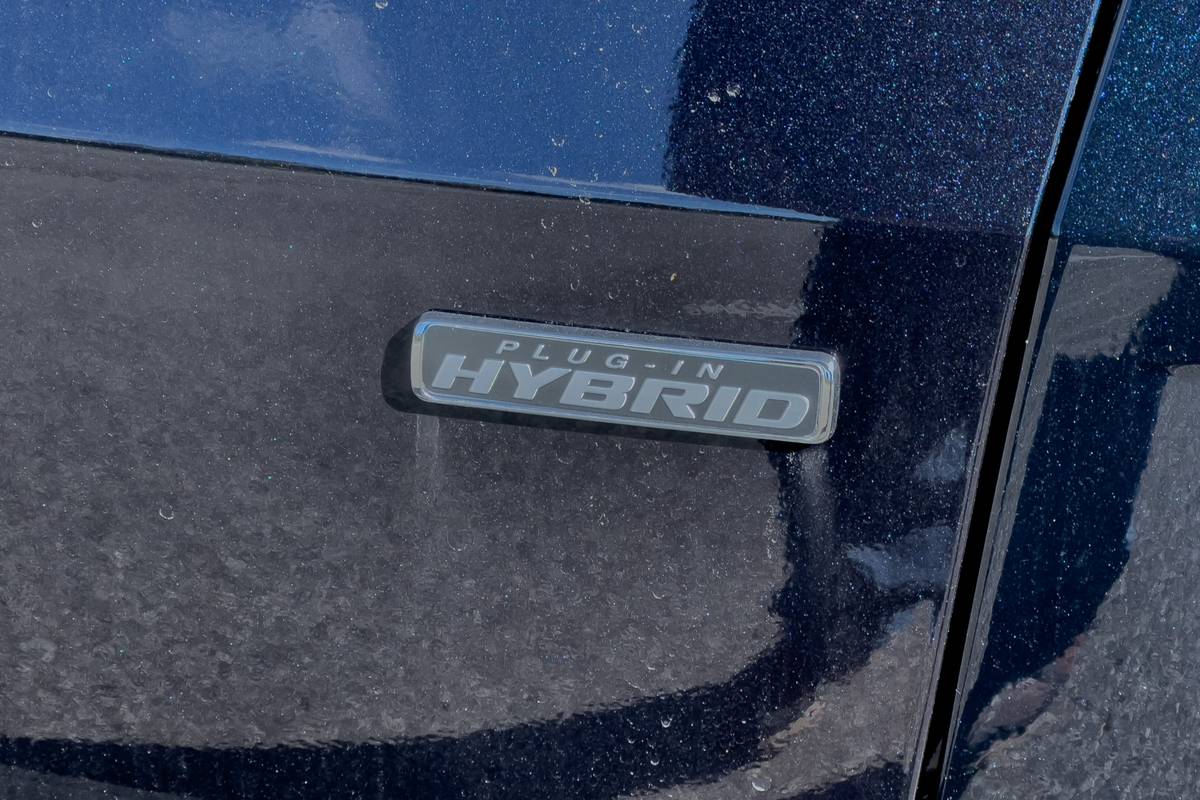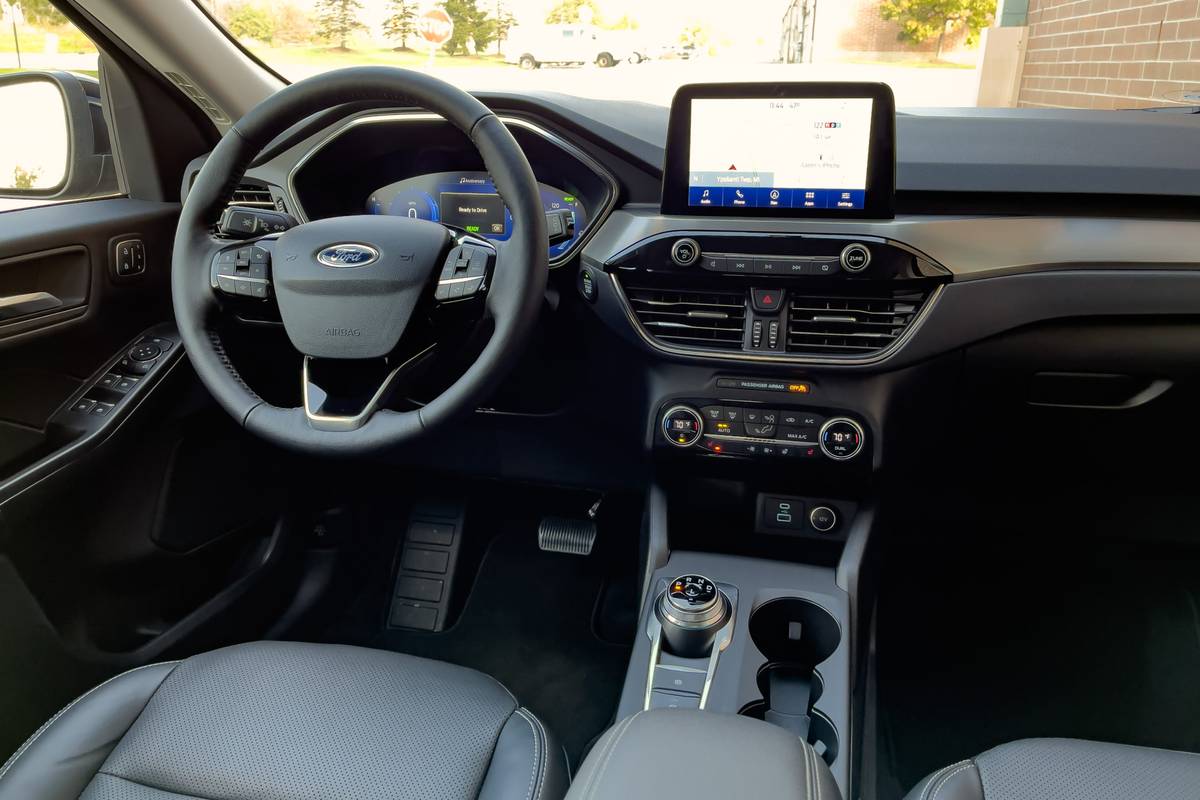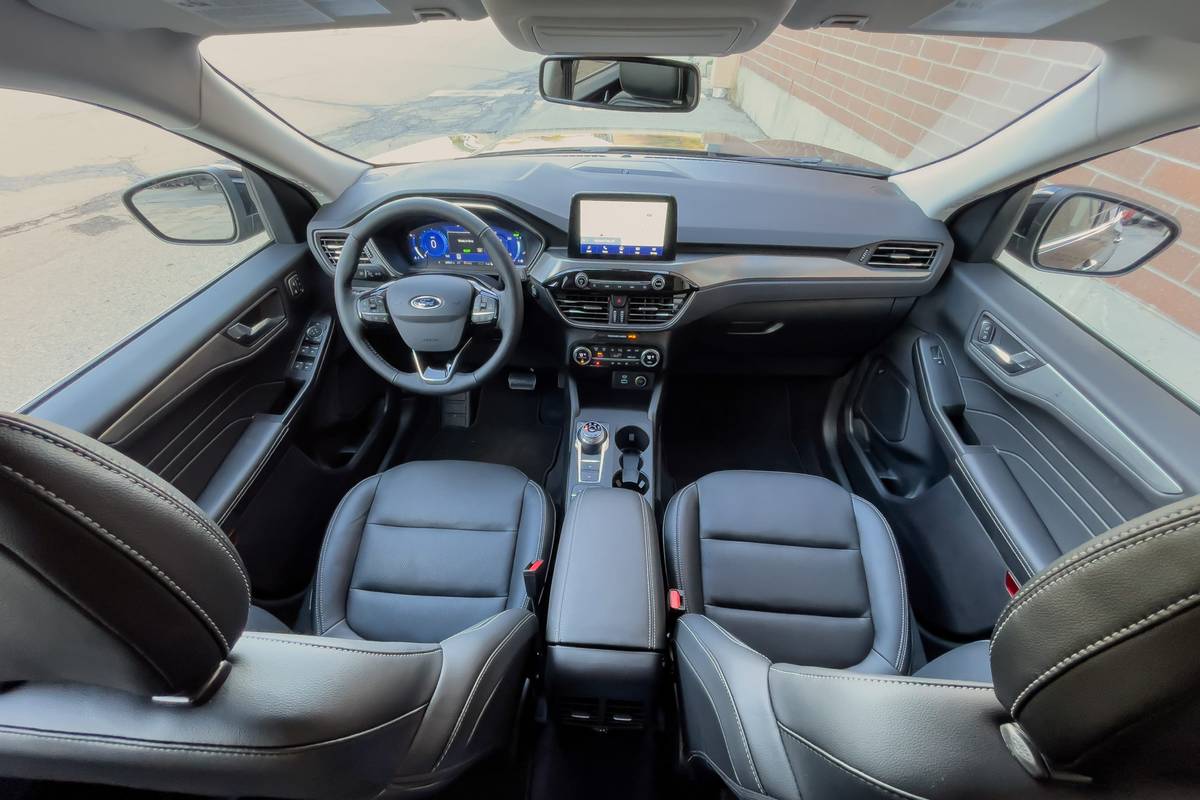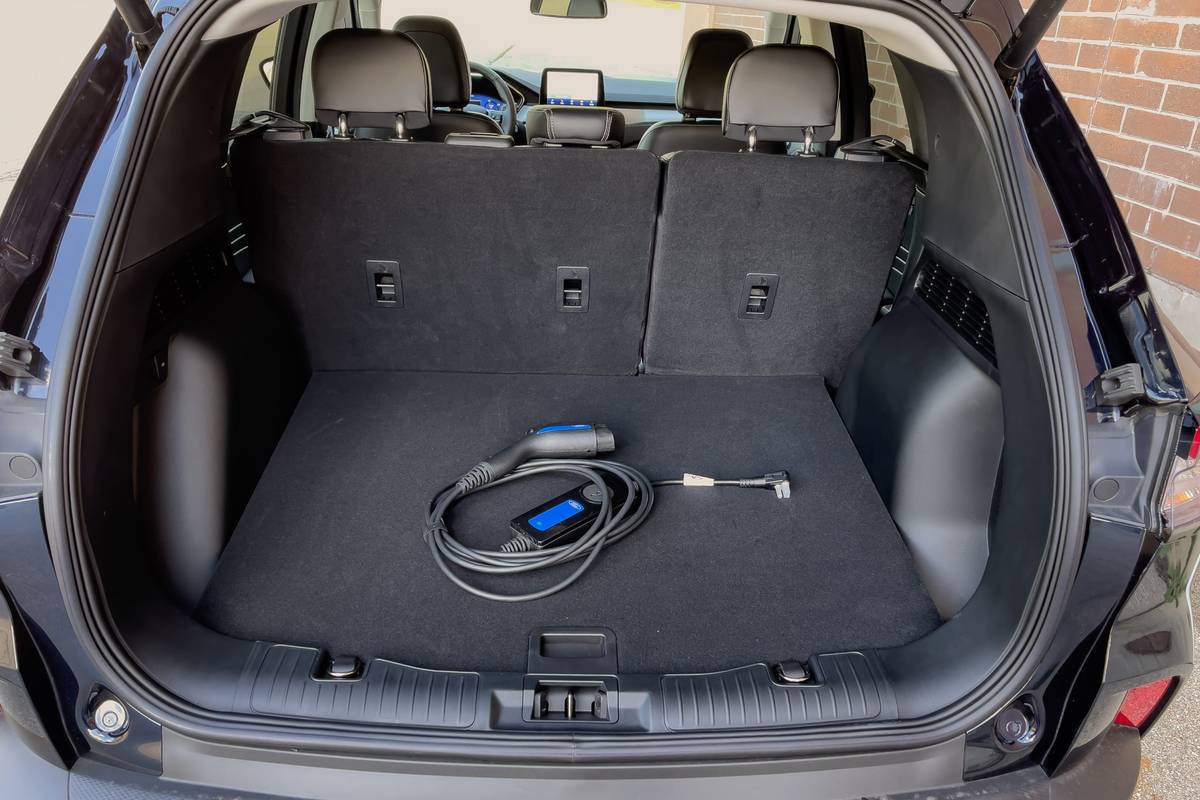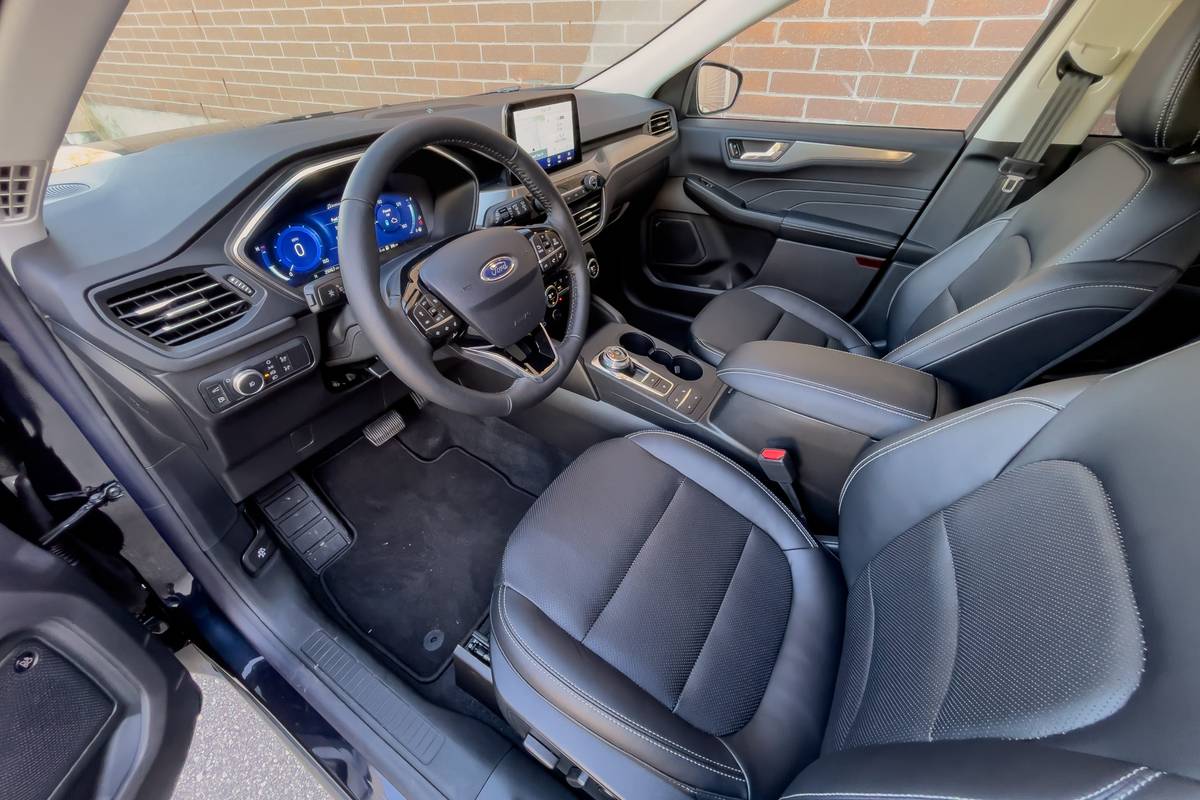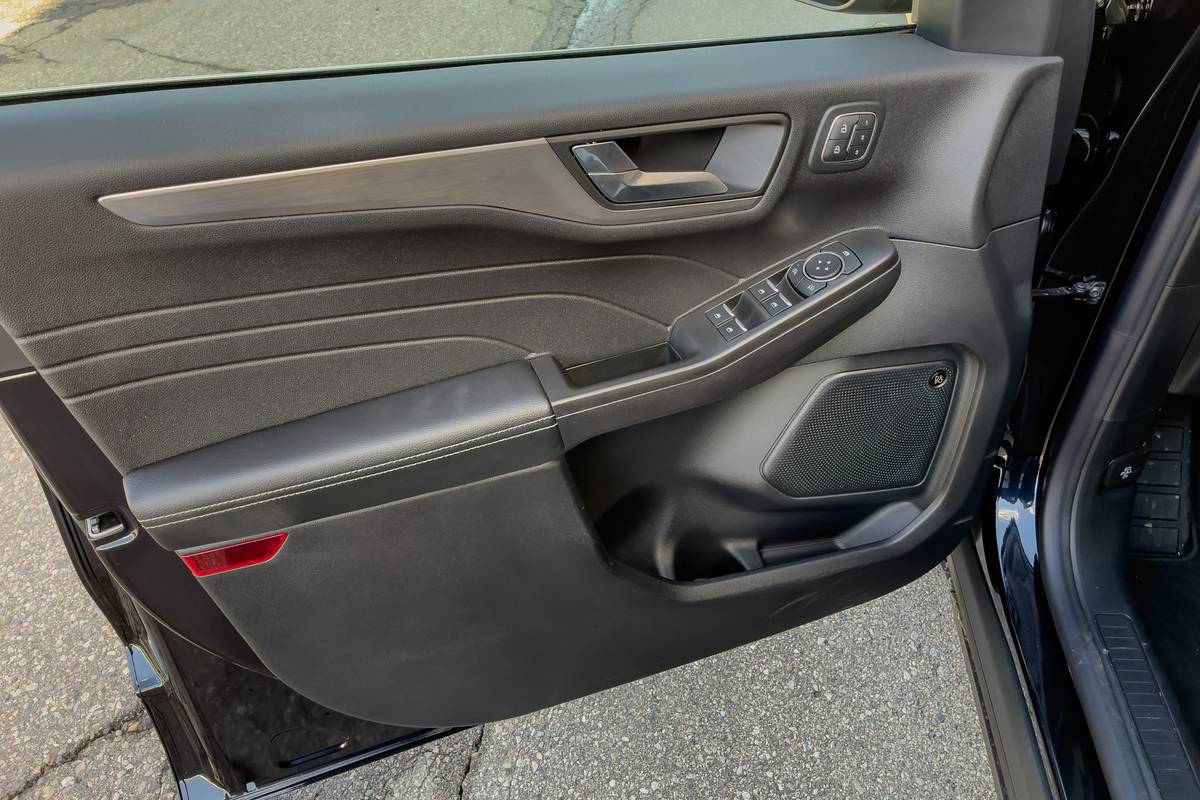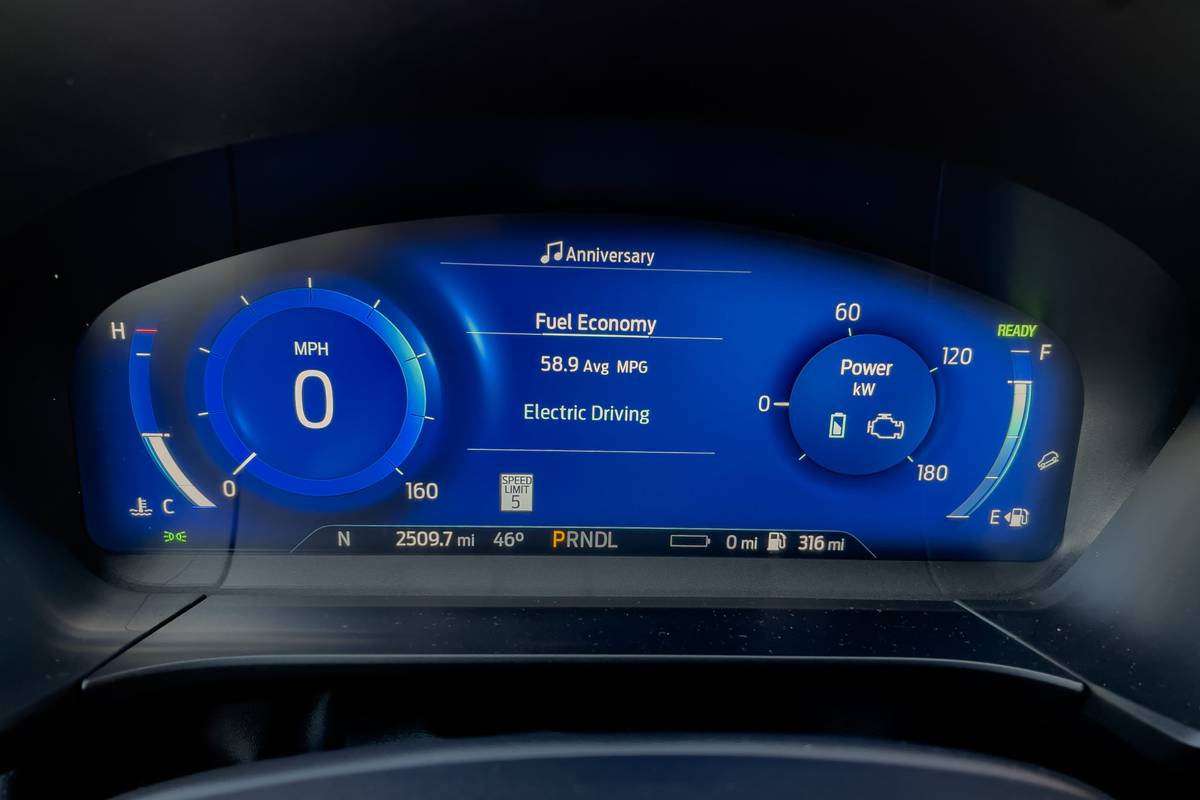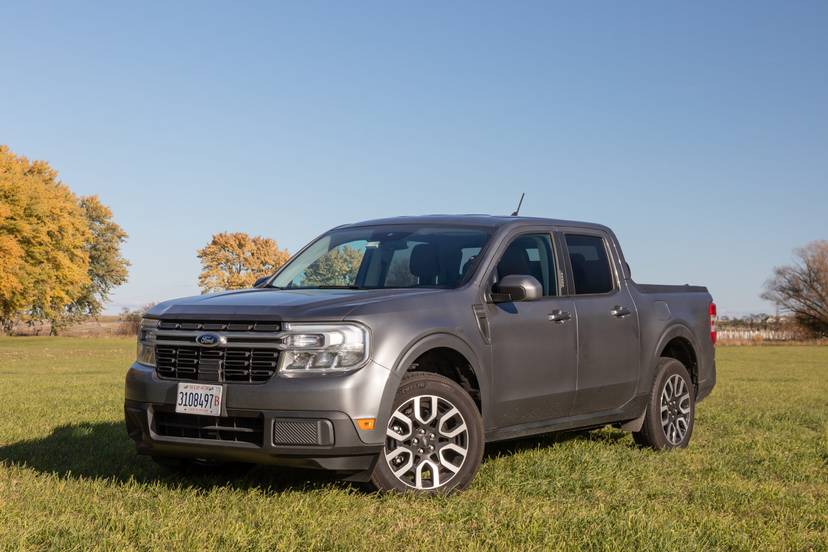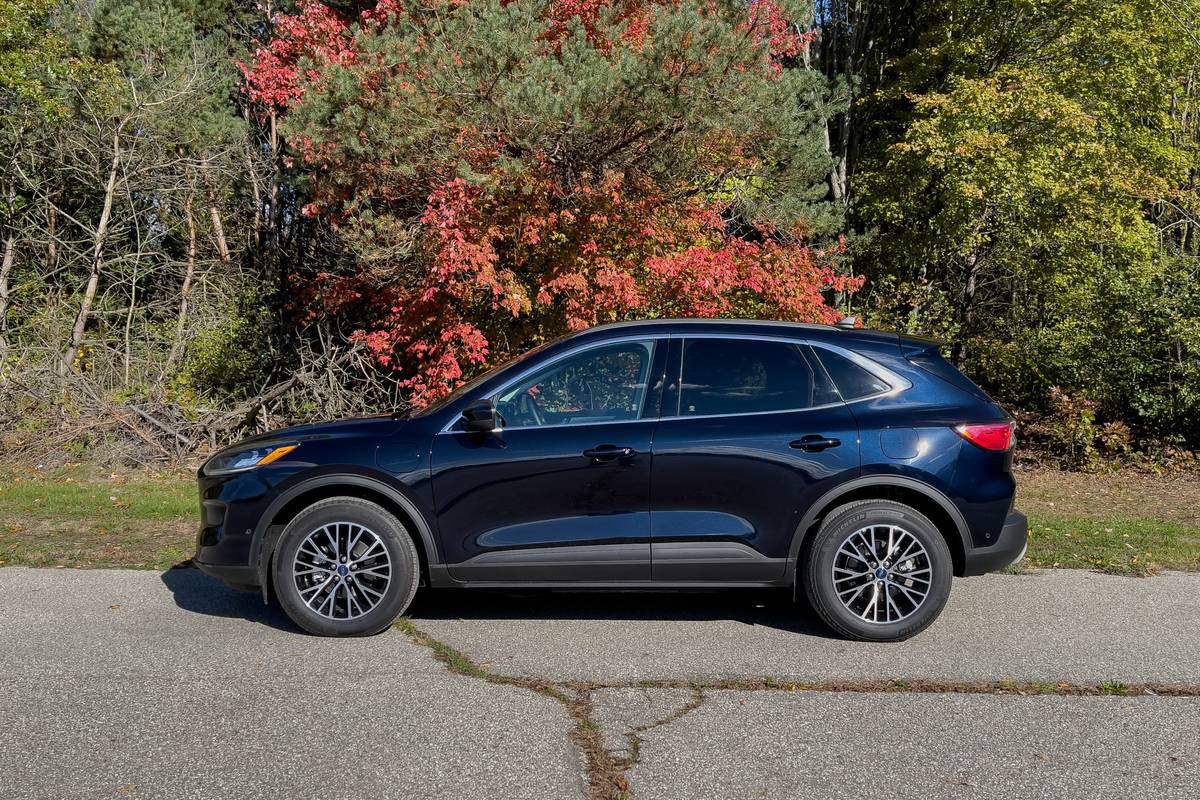
The verdict: There’s no denying its efficiency, but the 2021 Ford Escape Plug-In Hybrid’s eagerness to randomly fire up its gas engine will infuriate anyone hoping for a more consistent electric-driving experience.
Versus the competition: The philosophy behind the Escape Plug-In Hybrid — efficiency alone — is very different from the Toyota RAV4 Prime, which emphasizes performance along with efficiency.
Despite the recent proliferation of full battery-electric vehicles (BEVs, in car-speak) from all manner of automakers, plug-in hybrids (or PHEVs) also continue to appear for people who aren’t quite ready to take the plunge into full electrification. These vehicles usually provide the best of both worlds: fully electric operation for a limited distance — giving drivers with a short commute and a home charger the ability to run mostly gas-free — and the ability to drive to the next city and beyond with minimal stopping and quick refueling. That’s why vehicles like the 2021 Ford Escape Plug-In Hybrid exist: They boast fantastic hybridlike fuel economy, and if your commute is short, you can manage it without ever using a drop of gasoline; the Escape PHEV variant’s official electric range is 37 miles.
Ford’s newest PHEV is not, however, without its quirks, some of which are sure to confound and infuriate plug-in hybrid fans like myself. So, what’s got me all riled up about this Escape?
Related: 2020 Ford Escape Plug-In Hybrid: Best-in-Class Equivalent Fuel Economy, Decent EV Driving Range
Efficient Hybrid Motoring
The Escape Plug-In Hybrid is a compact SUV powered by a gas-electric hybrid system. It combines a 2.5-liter four-cylinder engine with an electrified continuously variable automatic transmission that drives only the front wheels; all-wheel drive is not an option despite it being available on the regular hybrid Escape. Making just a combined 200 horsepower, it’s still pretty zippy thanks to the nature of electric motors: All of the torque is available right off the line, making acceleration brisk when you’ve got the whole hybrid system engaged.
If you keep it in EV mode, though, acceleration is tepid. The electric traction motor isn’t big, and in order to keep it EV-only, you have to go pretty light on the accelerator. It’s more than adequately powered to keep up with everyday traffic, however, and it motors along quietly when in EV mode and when, at highway speeds, the hybrid system decides it doesn’t need the engine and shuts it off for cruising. The system blends electric and gas operations quite well, providing an excellent combination of usable power and efficient propulsion for daily commuting. It’s no rocket ship like the Toyota RAV4 Prime, but that’s just because Ford approached the Escape Plug-In Hybrid with a different mentality.
How efficient is it? The EPA says it can go 37 miles on electric power before the gas engine kicks in, pushing it to a total range of 520 miles on a full tank of regular 87-octane gasoline. Its official efficiency rating is 105 mpg-equivalent, 40 mpg combined in gasoline mode — not bad given the regular front-drive Escape hybrid’s combined rating is just 1 mpg better. For comparison, the 2021 Toyota RAV4 Prime is rated at 42 miles of range but only 38 mpg combined when operating in gas mode, while the new 2022 Hyundai Tucson PHEV is rated at 33 miles of EV range and just 35 mpg in gas mode. For PHEVs, our normal course of testing is to do a specific electric-range test with the vehicle in EV-only mode, comparing our results with the official EPA rating, but we weren’t able to do that with the Escape Plug-In Hybrid for one simple reason: Its EV-only mode isn’t actually an EV-only mode.
All-Electric Operation — When It Wants To
Despite there being an EV mode for our Escape, while it was selected, the gas engine still fired up on its own for any of nearly a dozen reasons, canceling EV mode even when there’s no apparent reason for it. It’s a maddeningly frustrating experience for someone expecting all-electric operation.
So why does the Escape PHEV’s engine fire up even when it’s got a full charge and it’s relatively warm outside? A Ford spokesperson confirmed to Cars.com some of the various reasons. The ones that make sense to us include:
- Drive power: The engine has turned on because you pressed too hard, too far or too quickly on the accelerator pedal. This is not uncommon for PHEVs with electric motors that don’t make a lot of power. If the car senses you asking it for more power than the electric motor can deliver (e.g., when you’re merging into rapid traffic), the gas engine kicks on to provide added scoot.
- High speed: You’re driving faster than the electric motor can accommodate.
- Heater setting: It’s cold outside and you’ve set the climate control to warm the cabin, and the most efficient way to do that is to run the gas engine.
- Battery temperature: The battery is too hot or too cold and running the engine will help it maintain its best operating temperature.
- Low gear: The transmission is in Low (for traction or towing?).
- Battery charging: Normal hybrid operation uses the engine to charge the battery a bit. Alternatively, you can set the car to keep the battery at a specific state of charge while you’re driving, then switch to EV mode later when it makes more (efficient) sense.
Ford also gave a bunch of reasons for why the engine might turn on while in EV mode that simply do not make sense to me given the driver has selected EV mode because they don’t want the engine running:
- Engine braking: If you set out with a full battery charge and find yourself on a slight downhill grade, the Escape will turn on the gas engine to employ engine braking to maintain speed. Common among EVs, the SUV can’t provide regenerative braking when the battery is full, and just letting you coast isn’t an option, so the engine fires up. It’s part of the Escape’s grade-assist feature. When cruise control is active, it might just do it on its own if your foot doesn’t happen to be on the accelerator. Highly frustrating.
- “Normal operation”: For no obvious reason, the Escape PHEV might turn on the engine when driving in EV mode with the message, “engine activated due to normal operation.” This means the car simply decided to turn on the engine despite the fact that you said you didn’t want it on. In fact, it will first pester you to authorize it to turn on the engine when in EV mode, repeatedly flashing messages up on the instrument cluster, before finally deciding to just do it.
- Low use: If you haven’t used your Escape in a while, it might turn the engine on just to circulate the motor oil. Normally this would be understandable, but not while in EV mode.
- Cold engine: Again, this doesn’t make sense if the Escape is in EV mode; the engine’s temperature is irrelevant if you don’t want to use the engine.
- Neutral gear: If the Escape is in Neutral, the engine will run. I’m sure there’s some technical explanation for this one.
Simply put, the Escape Plug-In Hybrid does not reliably operate as an EV when put in EV mode. It fires up the engine so often, it made me wonder why it even has an EV mode given the engine has to run that frequently in order to maintain optimal performance and efficiency. Offering an EV mode just makes for a frustrating operating experience; you’ve spent money for something more than a plain Escape hybrid, but it still operates mostly like an Escape hybrid.
A Solid Cabin
The Escape Plug-In Hybrid’s interior is a solid effort, combining quality materials with updated controls — and blessedly nothing touch-sensitive aside from the multimedia touchscreen. It’s no different from other Escape interiors, with nothing much to set it apart and all the pros and cons that entails. Visibility is good out front and to the sides and rear thanks to a low beltline and a relatively airy greenhouse. But as is common in Ford’s SUVs, the seats feel short and there isn’t as much legroom in the backseat as you’ll find in some of the Escape’s competitors, such as the Volkswagen Tiguan and Hyundai Tucson.
The Escape’s multimedia system is not the latest and greatest Sync 4A that you’ll find in other new Fords, including the F-150 or Mustang Mach-E; it’s the older Sync 3, which nevertheless works fine and remains one of the better, easier-to-use systems on the market. There are also the requisite hybrid displays that show what the Escape’s various gas and electric systems are doing to help you monitor your efficiency and gas consumption.
The Escape PHEV works well as an SUV, with plenty of cargo room behind the backseat and a copious amount of space when the backrests are folded. Despite its more carlike profile, the Escape has a fairly high roof and low floor, making it capable of carrying plenty of gear. A five-seat crossover, the Escape does not feature a third row, which is common in the compact category. Only certain competing models, such as the Mitsubishi Outlander, offer the feature — and as we revealed in our recent Compact SUV Challenge, it didn’t do that model any favors.
More From Cars.com:
- Ford Escape: Which Should You Buy, 2020 or 2021?
- 2020 Ford Escape: 6 Things We Like and 2 Things We Don’t
- Here’s Every Car That Earned an IIHS Top Safety Award for 2021
- Which Cars Have Panoramic Moonroofs or Sunroofs?
- What’s New for Ford in 2021?
Extra Cost, Extra Benefit
Plug-in hybrids tend to be extra-cost versions of any model, and the Escape Plug-In Hybrid is no exception. What’s nice about Ford’s approach, though, is that they’re making the system an option even on lower trim levels. The 2021 PHEV can be had at the SE, SEL and Titanium trim levels, meaning prices range from a starting point of $34,320 (including destination fee) and range up to $40,130 for a Titanium. That is, however, a pretty significant $5,000 premium over a regular Escape hybrid. Unless you spend a significant portion of your operating time in your PHEV in electric mode, you’ll be hard-pressed to overcome that initial cash outlay with the money you save on gas versus a regular Escape hybrid. But that’s the case for all plug-in variants over normal hybrid versions; the buyer’s use case is what will make the difference as to whether it’s a good financial decision or not.
For people looking for a fuel-efficient, comfortable, well-appointed compact SUV that’s easy to use and pleasant to drive in various conditions, the Escape Plug-In Hybrid is a decent choice. For buyers expecting it to be essentially a range-extending electric vehicle — as many PHEVs are — there will be disappointment regarding how Ford has engineered it to work.
Related Video:
We cannot generate a video preview.
Cars.com’s Editorial department is your source for automotive news and reviews. In line with Cars.com’s long-standing ethics policy, editors and reviewers don’t accept gifts or free trips from automakers. The Editorial department is independent of Cars.com’s advertising, sales and sponsored content departments.








